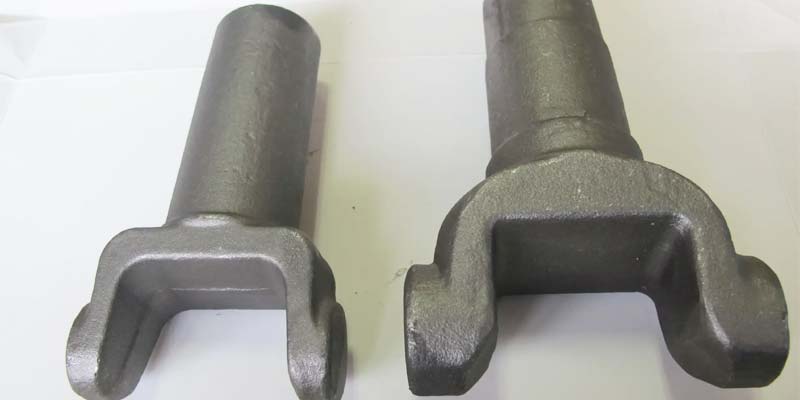- Contact Innally, Let you purchase forgings in China more favorable prices, products more assured!
- Hotline:+(86)15038323776 Email:innally@innally.com
Learn about die forging: Go beyond traditional metalworking methods
- Category: Copper forging, Thermal forging
- |
- Date: 13/09/2023
In a wide range of applications in aviation, automotive, machinery, electronics and other fields, die forging has proved its unique advantages and value. In the future, with the progress of science and technology and the development of society, die forging manufacturing will continue to innovate and develop, bringing more opportunities and challenges to the manufacturing industry.
Product Details
In the manufacturing industry, metal processing has always been a key link, and die forging as an important metal processing method, is gradually receiving people’s attention. This article will take you through die forging and explore its advantages over traditional metalworking methods.
The history of die forging can be traced back to ancient Rome, when people began to use forging hammers and dies to make tools and weapons. With the arrival of the Industrial Revolution, die forging has been more widely used, and gradually developed into a mature manufacturing process.
Compared with traditional metal processing methods, such as cutting, drilling, milling, etc., die forging has many unique advantages. First of all, die forging has a higher production efficiency. In the process of die forging, the metal material quickly obtains the required shape through the deformation and work hardening of the mold, thereby reducing the subsequent processing and scrap rate, and improving the material utilization rate. Secondly, the manufacturing accuracy of die forgings is higher. Due to the high accuracy of the die, the die forging can obtain more accurate shape and size, while the surface quality is also better. In addition, the mechanical properties of die forging parts are better. After deformation and work hardening, die forgings have higher strength and load bearing capacity and can withstand higher loads and pressures.

Die forging parts are widely used in many fields. In the aviation field, die forging parts are used to manufacture aircraft engines, landing gear and other key components; In the automotive field, die forgings are used to manufacture high-performance parts such as cylinders and crankshafts. In the mechanical field, die forgings are used to manufacture various structural parts and tools; In the electronics field, die forgings are used to manufacture precision components such as microelectronic devices and sensors.
With the continuous development of science and technology, die forging manufacturing will continue to innovate and progress. In the future, die forging will pay more attention to intelligent and green production, and improve production efficiency and reduce costs by introducing new intelligent equipment and processes. At the same time, with the improvement of environmental awareness, die forging manufacturing will also pay more attention to environmental protection and sustainable development, the use of more environmentally friendly materials and technologies, to reduce the negative impact on the environment.
In short, as a metal processing method, die forging has many advantages and applications. Compared with traditional metal processing methods, die forging has higher production efficiency, better manufacturing accuracy and better mechanical properties. In a wide range of applications in aviation, automotive, machinery, electronics and other fields, die forging has proved its unique advantages and value. In the future, with the progress of science and technology and the development of society, die forging manufacturing will continue to innovate and develop, bringing more opportunities and challenges to the manufacturing industry.
nannan
INNALLY mainly provides you with various types of cast and forged parts products. Welcome your inquiries! innally@innally.com
Related Products
Search
Forging center
- Steel forgings
- Aluminium alloy forging
- Titanium alloy forging
- Stainless steel forging
- Copper forging
- Automotive forgings
- Locomotive forging
- Bicycle forgings
- Motorcycle forging
- Rigging and fasteners
- Bearing forging
- Electric power fittings
- Marine forging
- Mechanical forgings for metalworking
- Mining machinery forgings
- Marine engineering forgings
- Construction machinery forgings
Popular product

© 2025. All Rights Reserved.






